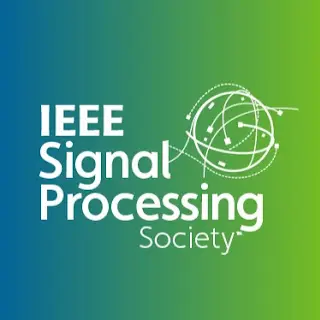JPEG lossy image compression is a still image compression algorithm model that is currently widely used in major network media. However, it is unsatisfactory in the quality of compressed images at low bit rates. The objective of this paper is to improve the quality of compressed images and suppress blocking artifacts by improving the JPEG image compression model at low bit rates. First, the image texture adaptive non-uniform rectangular partition (ITANRP) algorithm is proposed which partitions the image into 8 × 8 size image blocks with high texture complexity and 16 × 16 size image blocks with low texture complexity. Then, a new transform coding based on the complete orthogonal U-system and all-phase digital filter (APDF) is proposed for coding image blocks with different sizes. Next, a flexible adaptive quantization scheme is designed to quantize image blocks with different sizes by considering the sensitivity of the human visual system (HVS) to different texture complexities. Finally, combining the above method with the JPEG model, a novel image compression algorithm model with low algorithm complexity is proposed to solve the problem in JPEG. The experimental results demonstrate that the performance of our algorithm model outperforms the JPEG image compression algorithms, the quality of the compressed image is greatly improved, and the blocking artifacts are also significantly suppressed.
Main navigation
- PUBLICATIONS & RESOURCES
- CONFERENCES & EVENTS
-
PROFESSIONAL DEVELOPMENT
- Distinguished Industry Speaker Program
- Distinguished Lecturer Program
- IEEE Training Materials
- Industry Resources
- Jobs in Signal Processing
- Micro Mentoring Experience Program (MiME)
- Signal Processing Mentorship Academy (SigMA) Program
- Professional Development
- SPS Education Program
- Young Professionals in Signal Processing
-
COMMUNITY & INVOLVEMENT
- Award Recipients
- Awards & Submit Award Nomination
- Call for Nominations
- Chapter Locator
- Chapters and Communities
- Community & Involvement
- IEEE Fellows Program
- Initiatives
- Join a Technical Committee
- Join SPS
- Organize Local Initiatives
- Seasonal Schools
- Students
- Technical Committees
- Technical Working Groups
- Women in Signal Processing
- Volunteer Opportunities
- Young Professionals
- ABOUT IEEE SPS
- FOR VOLUNTEERS
- SPS RESOURCE CENTER
-
PUBLICATIONS & RESOURCES
Publications & Resources
IEEE Signal Processing Society publications, tools, and author resources. Learn more.
-
CONFERENCES & EVENTS
Conferences & Events
Upcoming events, deadlines, and planning resources. Learn more.
-
PROFESSIONAL DEVELOPMENT
Professional Development
Training, career development programs and tools, and growth opportunities in signal processing. Learn more.
-
COMMUNITY & INVOLVEMENT
Community & Involvement
Learn about SPS membership, Member Programs, Technical Committees, and access shared tools and support. Learn more.
-
ABOUT IEEE SPS
About IEEE SPS
IEEE Signal Processing Society publications, tools, and author resources. Learn more.
-
FOR VOLUNTEERS
For Volunteers
Resources, tools, and support for SPS volunteer leaders. Learn more.
- SPS RESOURCE CENTER
IEEE Signal Processing Society on 
@ieeeSPS
11.3K subscribers‧180 videos
79 views • 2 weeks ago
43 views • 2 weeks ago
1K views • 2 months ago
Publications & Resources
IEEE Signal Processing Society publications, tools, and author resources. Learn more.
Conferences & Events
Upcoming events, deadlines, and planning resources. Learn more.
Professional Development
Training, career development programs and tools, and growth opportunities in signal processing. Learn more.
Community & Involvement
Learn about SPS membership, Member Programs, Technical Committees, and access shared tools and support. Learn more.
About IEEE SPS
IEEE Signal Processing Society publications, tools, and author resources. Learn more.
For Volunteers
Resources, tools, and support for SPS volunteer leaders. Learn more.

